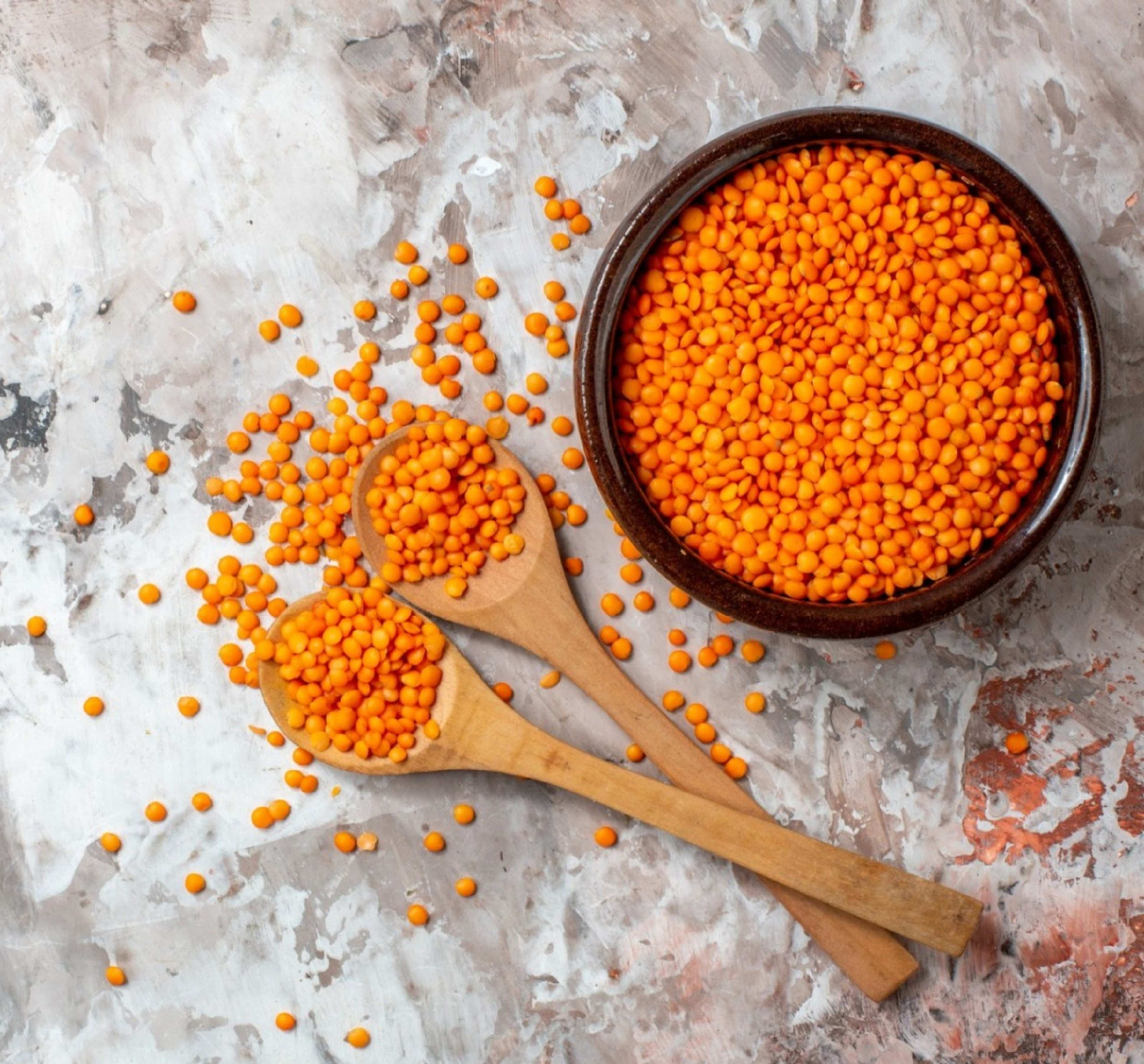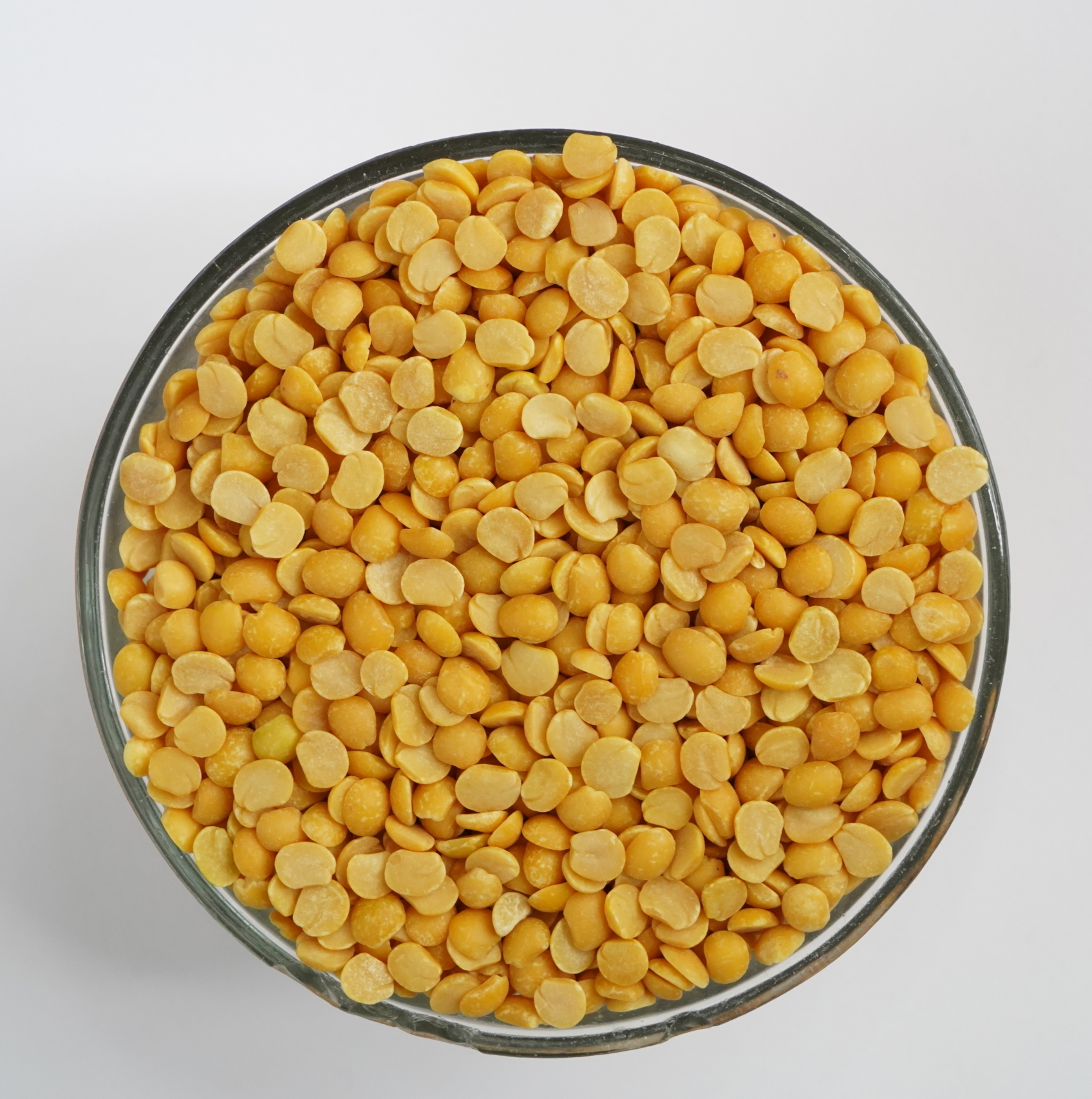Pigeon Pea is believed to have originated from the Indian subcontinent initially cultivated in the south of India. Today, it’s grown across tropical regions around the world including Africa, Central, and South America, India, and various parts of the Pacific region. Given its high demand in India and other south Asian countries, importers of pigeon peas like us are always looking for farmers and suppliers of the product. After all, we are one of the largest importers of pigeon pea in India. Growing and supplying the crop to importers of pigeon peas in India is just good business. If you are looking to get into that business by growing pigeon pea, this blog is a great place to start. We’re going to give you a complete guide on farming pigeon peas- from preparing the soil to proper harvest, so let’s get started!
What are the different varieties of Pigeon Pea that you can farm?
Pigeon pea production relies heavily on selecting the right type of crop for the right kind of soil. Medium-duration crop varieties with wilt resistance, such as PRG-158 (Palemkandi), are ideal in locations where the growing season is short (120-150 days) and soils are light in texture.
Medium to long-duration plant types with resistance to wilt & sterility mosaic must be planted in places where soils are strongly textured with a medium to a deep black consistency.
Some varieties of pigeon pea include AL 15, AL 201, AL 882, ICPL 151 (Jagriti), IPA 203, IPH 09-5, PAU 881, PPH 4, Pusa Ageti, Pusa 84, UPAS 120, and more. You should also research the supply chain & different importers of pigeon peas in your area which will help you understand the pricing of the right crop as well as the demand.
What kind of soil is required to grow Pigeon Pea?
Pigeon peas are a common leguminous crop produced mostly in rain-fed environments during the monsoon season. It grows in tropical and semi-tropical countries like India, Malawi, Tanzania, Kenya and Uganda, and more.
It’s grown as a stand-alone crop or in intercrops with cereals, oilseeds, and fibre crops.
Pigeon pea may be grown in a range of soil types but it thrives on rich, well-drained loamy soils. Saline-alkaline or waterlogged soil is not the best condition to grow pigeon peas. Soils with neutral pH values (6.5 to 7.5) help the growth of pigeon pea. This cultivation is ideal for light to medium textured red soils to medium textured black soils. However, thick textured black cotton soils with adequate drainage are also suitable for organic pigeon pea production.
What type of climate is suitable for growing Pigeon Pea?
Pigeon pea plants need damp environments for the first few weeks (around 8 weeks). During the flowering and pod development state, the pigeon pea plant requires a progressive dryer climate to flourish.
Ideally, it should rain between 600 and 650 mm on the land you want to cultivate the pigeon pea harvest. However, if it rains during the flowering stage, there is a high chance that your crop pollination would be sub-par.
Pigeon peas thrive at temperatures between 25 and 35 degrees celsius. But it can easily withstand temperatures as low as 15 °C and as high as 40 °C. If you want a summer crop, seeds should be planted in April, in June for a monsoon crop, and for a winter harvest, you should plant your seeds in September.
What kind of preparation is needed before sowing pigeon pea seeds?
Red gram AKA pigeon pea plant roots grow pretty deep. Thus, before sowing them, you need to properly tilt the ground. During the dry season, before sowing, you can prepare the land by at least one ploughing and 2-3 rounds of harrowing and disc ploughing. You can also apply organic manure to the soil, two to four weeks before sowing. This will fertilize the land. Don’t forget to level the soil to prevent water stagnation on the field. Waterlogging can also be prevented by using contour broad-beds and furrows or a ridge-and-furrow scheme. Additionally, you also need to remove all the weeds properly. Well-tilled and crusting should be avoided by mechanical means. Light irrigation helps in seedling emergence.
Do I need to treat the pigeon pea seeds before planting? When should you cultivate the seed?
The sowing time is near, once you have selected a type of pigeon pea seed with a high germination rate, you need to apply Carbendazim or Thiram at 2 g/kg seed or Pseudomonas fluorescens at 10 g/kg seed on them 24 hours before planting.
Quality bolder seeds usually provide high-quality germination. Make sure your seeds are not older than two years. Ideally, they should be taken from the harvest of the previous season.
Pigeon pea is traditionally a Kharif crop cultivated in June-July with the advent of Monsoon in various agro-climatic zones of the nation.
Planting pigeon pea before the arrival of the monsoon in June is recommended for increased crop yields.
This crop should be seeded one pre-monsoon irrigation at least a fortnight before the first rainfall in irrigated areas. This needs to be done so that plants may grow well during the rainy season. However, in rain-fed conditions, sowing can be done immediately after rains have begun. As a result, sowing should not be postponed past the last week of June.
How much spacing is needed between two pigeon pea pods?
Plant the long-lasting pigeon pea type, which is tall, spreading, and occupies the field for around 250-270 days, in a larger row with 90-120 cm spacing and about 30 cm between plants, especially in rain-fed conditions.
Early maturing cultivars are planted at a row spacing of 50-75 cm and a plant to plant spacing of 15-20 cm in irrigated settings.
Because the vegetative growth of April planted pigeon pea is substantially higher than June planted pigeon pea, a row spacing of 90-120 cm is recommended.
In black soil, a spacing of 90 x 20 cm is recommended, but in red soil, a spacing of 60 x 20 cm is advised.
Can I grow other crops between the pigeon pea cultivation- Intercropping?
Intercropping is described as the cultivation of two or more crops with different growth patterns on the same plot of land to maximize overall yield & net profits per unit area. Sorghum, maize, pearl millet, finger millet, and other cereals, oilseeds, and cotton are commonly intercropped with red gram. Groundnut, soybean, and sesame are the oilseed crops that are commonly intercropped with red gram. Mung bean, black gram, chickpea, and other short-duration pulses can be intercropped with red gram.
Do I need to worry about weed control?
Importers of pigeon peas know that they develop relatively slowly throughout their early development stage of 45- 50 days, making them less competitive with weeds. As a result, if weeds are not eradicated in a timely manner, seed production might be reduced by up to 90%.
Hence, it is important to keep the weeds away from fields. For that, you need to undertake 2-hand weedings approximately 25-30 days & 45-50 days after seeding the crop to get a weed-free field.
How and when do I harvest the pigeon pea pods?
Green pigeon pea pods are gathered for several reasons in Toor Dal Farming. Like using a fully grown, vivid green seed as a vegetable. As a result, pods should be plucked as soon as they begin to lose their green hue. Hand plucking is commonly employed to do this.
Pigeon pea leaves, unlike other crops, remain green even when the pods are ready to harvest. It might be difficult for farmers to determine the best time to harvest. To obtain the advantages of pigeon pea, it must be collected after 75-80% of the pods have turned brown and are dry. Delaying harvesting during adverse weather conditions may raise the risk of harm to ripe seeds.
Pigeon pea plants were traditionally collected by cutting the stem at the base with a sickle. But over time, machines are now employed for cutting, drying, and threshing. Depending on the weather, the picked plants are wrapped up and set upright to dry for a week. The dried plants are beaten with sticks or a thresher machine to separate the pods and grain. Previously, animal trampling was used to separate the seeds.
Sell your harvest to one of the largest importers of pigeon peas in India
Did you know India is the largest producer and consumer of pigeon peas? Also known as tur dal, pigeon pea is one of the main sources of protein in a country mostly occupied by vegetarians.
While India is the crop’s top producer, it is also its major importer.
The answer is simple: Domestic demand outnumbers output by a large amount. We at Shah Nanji Nagsi Exports Pvt Ltd are one of India’s leading importers of pigeon peas. Apart from that, we import red kidney beans, black beans, Kabuli chana, and more. We are one of the leading importers of pulses for the past 30 years, and we have never defaulted or delayed a single payment.

